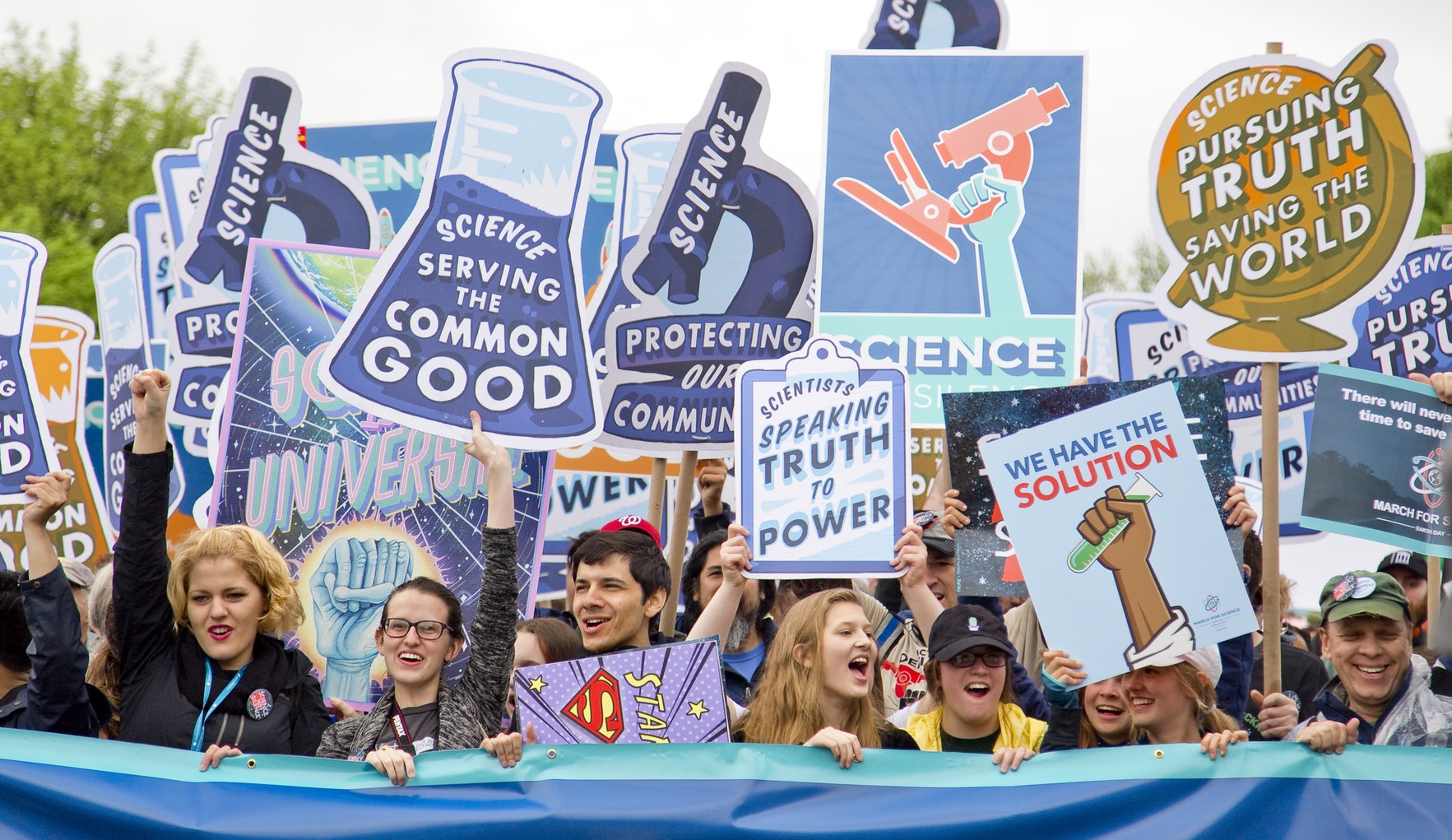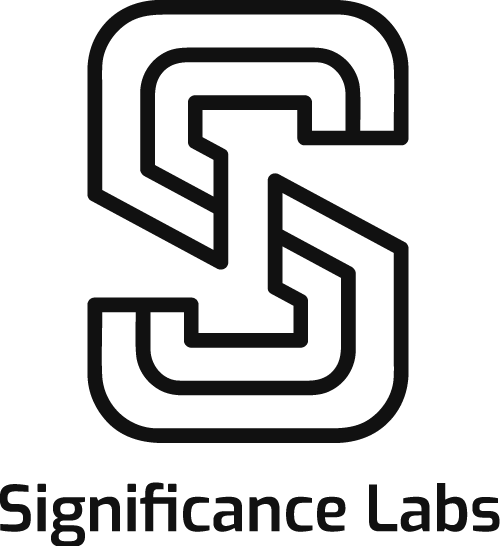Digital & remote work requires a lot of self care to stay sharp and focused. We look for academically minded students, fellows, post docs and collaborators from across the world. We’ve cut the commute, we’ve cut the appearances of work, but its really important you are caring for yourself to do the best work possible in that time gained. Everyone has something different. Some people do intermittent fasting, weight training, and yoga, others run or hike. Whatever it is, make sure you are taking care of yourself, and do it efficiently. If you aren’t doing this, your performance and work suffer.
Here are some best practices
For Yourself

Having a ton of freedom in digital and distributed work is a gift. However, it can easily become a curse if you don’t create routines for yourself. Routines are healthy–they allow predictability and help us remain productive in meaningful work day to day. Create a routine for yourself, and stick to it.

Having digital and asynchronous flexibility means ensuring that you are working in ergonomic conditions. Maybe you start on the kitchen counter, continue on the couch, then finish on your desk. But if you are working from home or a remote condition, make sure you get the ergonomics right.
This means getting a proper workstation. Consider a standing height adjustable desk. A comfortable chair is a great investment. Options are also a good idea. Some people prefer stools, standing up, exercise balls, and alternating between them all. Variation is often the key to good ergonomics, as the human body wasn’t really designed to be in the same position all day.

Human beings are inherently social, and a drawback of digital and remote work is the possibility of being too disconnected. We talk about the benefits of having dedicated time to concentrate on work, but cabin fever is a real problem, especially for remote workers who aren’t forced into an office.
Fortunately, its an easy problem to address. First, reach out to your coworkers–easy. But what we’ve found is that social interaction doesn’t have to be with coworkers. Reach out to your family, spend time with friends, or work in places where there are people, like co-working spaces or coffee shops. At lunch, play some basketball, or have lunch with your spouse.
Remote work means you can work anywhere you want. Use that to your advantage to feed your social needs and avoid cabin fever

Similar to cabin fever, isolation can sometimes mean the loss of purpose and meaning. What we’ve found is that constantly setting yourself to learning new things helps with a reminder that you have purpose and mission in your work. What really helps is things like podcasts, audiobooks, and signing up for e-Courses. The constant pursuit of better helps you stay motivated and mentally sharp.

For Your Work
You are hired for a purpose, and try to do that one thing particularly well. If you program, do programming well. If you communicate with customers, take pride in that. One thing that can happen with a lot of freedom in digital and distributed teams is that you take on too many tasks without a clear lane. Be good at what you do, and if it’s not your lane, have someone else do it.
If you’re good at what you do, you should also try to teach others. Teaching and learning give us purpose, and we want to make sure education and self-improvement is always a core principle at the Significance Lab

The office traditionally provides way too many distractions. People constantly bugging you, ping pong balls creating unnecessary noise or endless meetings that go nowhere. The best part of digital and remote work is that you have complete freedom to focus on productive work. But make sure you set up a good environment to help you with this. Limit distractions that break flow and focus. If you aren’t getting work done in an environment, move to another that might be more productive.
Working digitally and remotely means you get quiet time, but make sure you’re working to check in on how things are going–it does take a bit more work when you’re asynchronous. Communicate frequently and make sure you let people know how you’re doing, what questions you have, and update people on progress. You can certainly do this asynchronously.

Parkinson’s Law simply states that “work expands so as to fill the time available for its completion”. If you create hard boundaries an limits to when work needs to be completed, you inherently will be more productive.
We generally don’t have issues with people doing too little work–in fact, its just the opposite. Because you’re working remotely, its too easy to out of bed and do it a bit more, ever infinitely expanding the work into that project, and never completing it. You have to create limits so that you actually become more productive. If you don’t, the work just expands to fill infinite amounts of time and your productivity actually goes down.
Projects must have clear deadlines. New initiatives are tried for about 4 weeks, and we finish at that point and reassess the next steps. Create clear boundaries for your work. If you don’t have them, put them in.
Knowing your limitations means knowing what your strengths are. If you do, you know what isn’t your strength, and thus its your limitation. Don’t be afraid to ask questions. No one knows everything and its impossible to be everything to everyone.

For Communication
A 1 hour meeting with 5 people is a 5 hour meeting, not a 1 hour meeting. One thing that tends to happen in companies is that they fall back to meetings as the only type of productive work to get things done. At Significance Lab, we try to use meetings judiciously. Have a clear purpose. When you limit its use, when you do have meetings, they become productive and important.
Leave or drop off a call when you are no longer adding value. Its not rude to leave early, its rude to force people to stay in the meeting and waste their time.
Communicate to ensure that people understand what you are saying. Sometimes this means more words. Sometimes, that means less. There is no standard way to communicate.
Because we hire for kind people, do not assume that less words is somehow rude or incomplete. If its not clear to you, followup and ask more questions. Its ok. But once the message is clear, move on.

Try to avoid Jargon. In the fields of Science and Medicine, it can be incredibly easy to talk about things in scientific lingo that others don’t understand. Because we work with evidence based practices from across the world, we need to keep things simple. Communicate simply, and if you don’t understand, ask to clarify. We try our best to be clear.

We all have managers and as the company grows, there will be more and more layers to communicate. Communication should travel via the shortest path necessary to get the job done, not through the ‘chain of command’. Any manager who attempts to enforce chain of command communication will soon find themselves working elsewhere.
“A major source of issues is poor communication between depts. The way to solve this is allow free flow of information between all levels. If, in order to get something done between depts, an individual contributor has to talk to their manager, who talks to a director, who talks to a VP, who talks to another VP, who talks to a director, who talks to a manager, who talks to someone doing the actual work, then super dumb things will happen. It must be ok for people to talk directly and just make the right thing happen.”
(this is from Elon Musk–he said it better than we ever could)

For Decision Making
“In general, always pick common sense as your guide. If following a ‘company rule’ is obviously ridiculous in a particular situation, such that it would make for a great Dilbert cartoon, then the rule should change.” -Elon Musk

From Wikipedia:
“Yes, and…”, also referred to as “Yes, and…” thinking is a rule-of-thumb in improvisational comedy that suggests that a participant should accept what another participant has stated (“yes”) and then expand on that line of thinking (“and”).[1][2] It is also used in business and other organizations as a principle that improves the effectiveness of the brainstorming process, fosters effective communication, and encourages the free sharing of ideas.[3]
Be a Yes and person. Remember, Yes but is still a no. Its ok to throw out half baked ideas, and try to learn how to do so. Its an important skill to make effective, innovative ideas.
Parkinson’s law of triviality is C. Northcote Parkinson‘s 1957 argument that members of an organization give disproportionate weight to trivial issues.[1]Parkinson provides the example of a fictional committee whose job was to approve the plans for a nuclear power plant spending the majority of its time on discussions about relatively minor but easy-to-grasp issues, such as what materials to use for the staff bike shed, while neglecting the proposed design of the plant itself, which is far more important and a far more difficult and complex task.
Read more: https://en.wikipedia.org/wiki/Law_of_triviality
From Wiki: An expression critical of committees—or by analogy, group decision-making—by emphasizing the ineffectiveness of incorporating too many conflicting opinions into a single project. In this figure of speech, the distinguishing features of a camel, such as its humps and poor temperament, are taken to be the deformities that resulted from its poor design.
Sometimes its ok to have consensus, but in key decisions, its often down to one or two key people to make the decision. It means you have the courage to make a decision. If you put the thought, and work into that decision, you were the most equipped person to make that decision. We can’t predict the future and we all have an error rate. But if you put the work in and thought into it, then the decision was correct, even if the outcome was bad. Learn from it, and move on.
For the Organization
In large stable organizations, things just always seem to work smoothly and everyone knows exactly what to do. We see that as the sign of stagnation. At Significance Lab, we always want to be trying new innovative things, but that means there is always a component of what looks like Chaos. Don’t fear–its organized chaos, and it’s a sign of progress. Things may be incomplete, temporary, have small errors, and that’s ok. It’s a sign of motion.

For Collaborators
We’re a digital and distributed collaboration and scientific lab, and we’re proud of that. We think we can deliver better implementation science for evidence based medicine this way, more efficiently and at lower cost than any other way. However, there is sometimes there is a learning curve for how new collaborators will need to work with us, so we always try to communicate clearly to evidence based collaborators about how we work and function. We try to be very upfront that, hey, we won’t be face-to-face with you every week or even have many phone meetings, because we don’t live in the same city you do and are in totally different time zones. Its ok, but we want to make sure we disclose this early.

Showing work often is the best way to chip away at situational anxiety. Our evidence based collaborators have poured years and their lives into finding the best practices in medicine, and implementing real change has enormous consequences. Its natural for a collaborators to feel anxious if they don’t know how digital & remote teams work, but when we show effort and work, that builds trust and long term relationships. Our lab relies on these key relationships to grow the future. So come, collaborate with us!

Collaborators should always feel involved–this is their baby and we want to make sure they know we’re here for them. The biggest worry is when emails and phone calls go unreturned–we’re here to implement their findings, after all. We work to stay on top of communication, so be available for them. It goes a long way.

